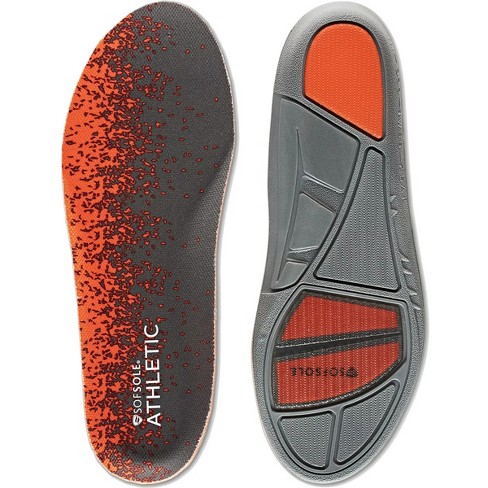The Ultimate Guide to Choosing Athletic Shoe Insoles
Selecting the right athletic shoe insoles can significantly enhance your performance and comfort during physical activities. These insoles are designed to provide support, cushioning, and stability, which are crucial for preventing injuries and improving overall athletic efficiency. In this guide, we will explore the various factors to consider when choosing the best insoles for your specific needs.
Understanding Your Foot Type
The first step in choosing the right athletic shoe insoles is understanding your foot type. According to podiatrists, there are three main types of foot arches: high, medium, and low. Each type requires different levels of support and cushioning. For instance, individuals with high arches need more cushioning to prevent pressure points, while those with low arches require more support to correct overpronation. Understanding your foot type helps in selecting insoles that align with your biomechanics, thereby reducing the risk of injuries.

Material and Cushioning
The material and cushioning of athletic shoe insoles play a vital role in their effectiveness. Common materials include EVA (ethylene-vinyl acetate), memory foam, and gel. EVA is lightweight and provides good shock absorption, making it suitable for various sports. Memory foam conforms to the shape of your foot, offering personalized comfort and support. Gel insoles, on the other hand, are known for their superior shock absorption, which is beneficial for high-impact activities. Choosing the right material depends on your activity level and personal comfort preferences.

Support and Stability
Support and stability are crucial for preventing injuries and enhancing performance. Insoles with arch support help in maintaining the natural alignment of your foot, reducing the strain on your muscles and joints. Additionally, insoles with heel cups provide extra stability by locking the heel in place, which is particularly beneficial for runners and athletes involved in lateral movements. According to a study by the American Podiatric Medical Association, proper support can reduce the risk of plantar fasciitis and Achilles tendonitis.

Durability and Longevity
Durability is another important factor to consider when choosing athletic shoe insoles. High-quality insoles are designed to withstand repeated use and maintain their shape and support over time. Look for insoles made from durable materials that can withstand the rigors of your specific sport. For example, insoles with reinforced heel and toe areas are more resistant to wear and tear, ensuring longevity and consistent performance. According to reviews on Amazon, insoles with a high durability rating provide better value for money in the long run.

Customization Options
Customizable athletic shoe insoles offer a personalized fit that can significantly enhance your comfort and performance. These insoles allow you to adjust the level of cushioning, support, and arch height to match your specific needs. Customizable options are particularly beneficial for individuals with unique foot conditions or those who engage in multiple sports requiring different levels of support. According to a study published in the Journal of Sports Sciences, customized insoles can improve biomechanical efficiency and reduce the risk of injuries.

Conclusion
In conclusion, choosing the right athletic shoe insoles involves considering factors such as foot type, material, cushioning, support, durability, and customization options. By understanding your specific needs and preferences, you can select insoles that provide optimal comfort, support, and performance, ultimately enhancing your athletic experience and reducing the risk of injuries.

